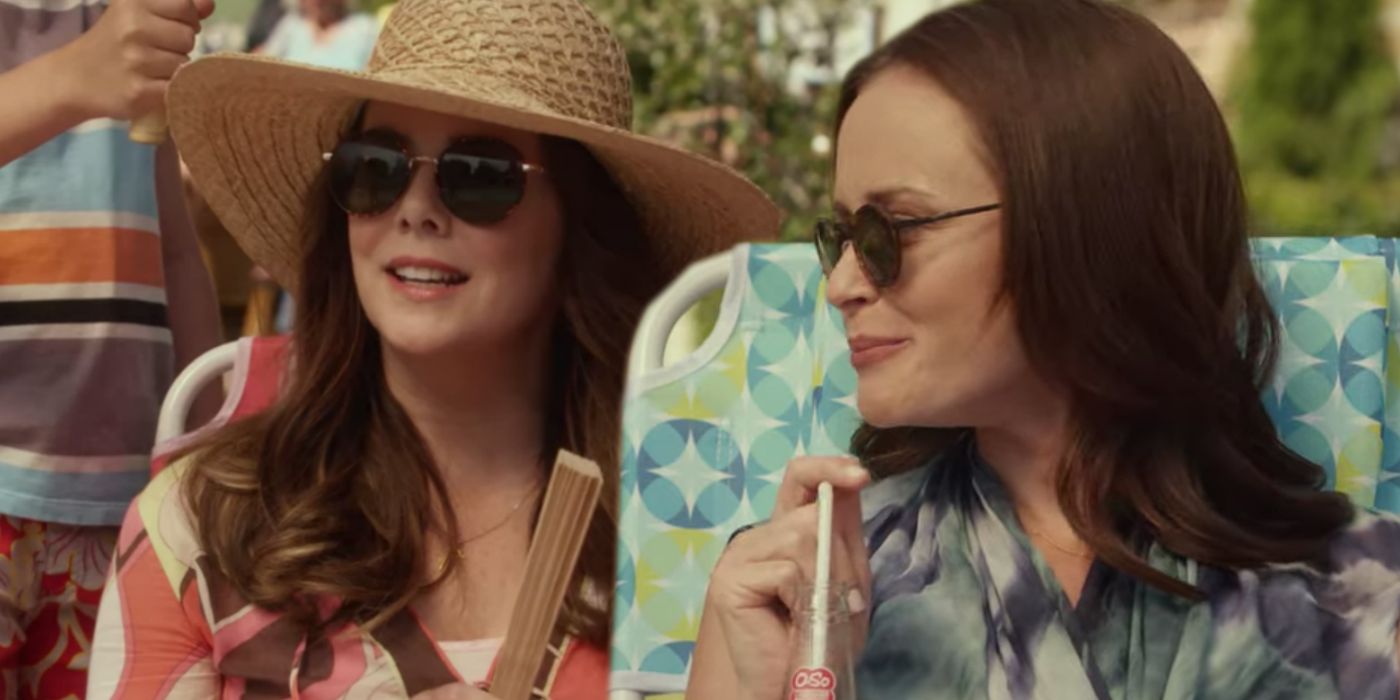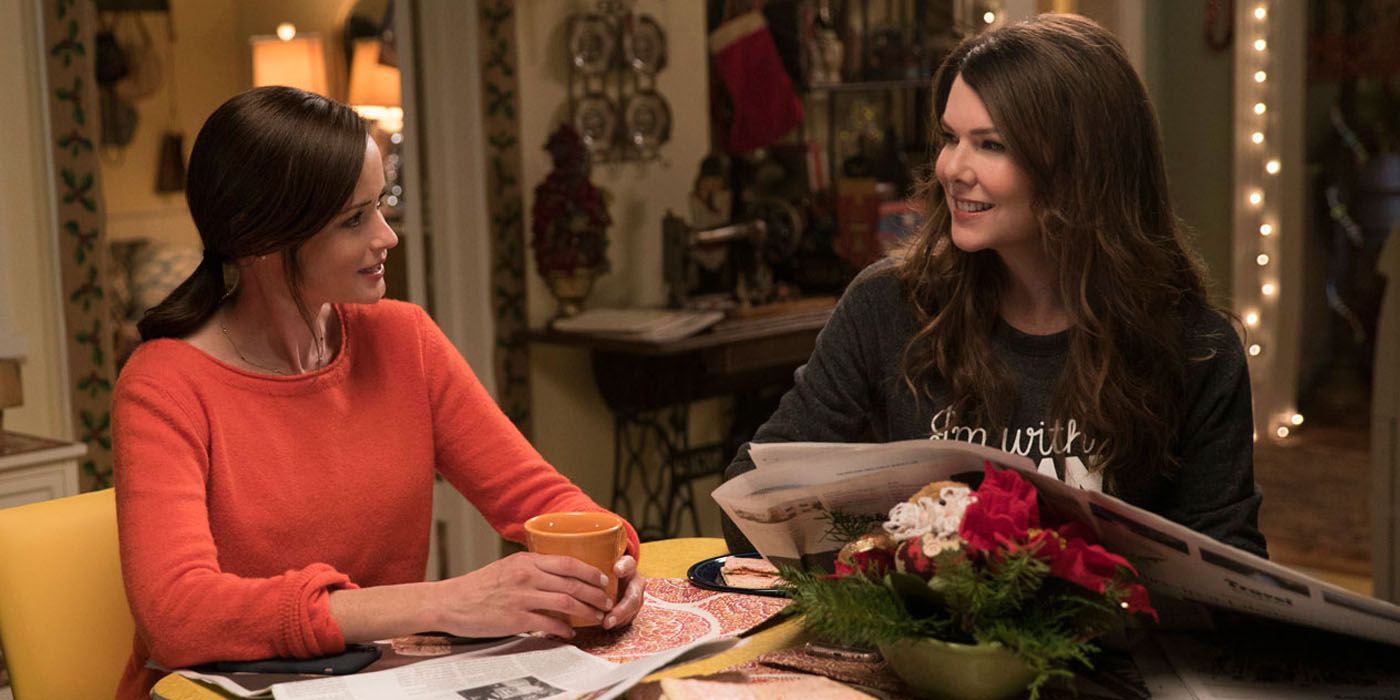
Gilmore Girls was hardly famous for courting controversy, so why did the show’s Netflix revival, Gilmore Girls: A Year in the Life, earn the ire of fans and critics alike with its third episode “Summer”? A cozy TV institution, the multi-generation dramedy Gilmore Girls spent 7 seasons detailing the misadventures and messy love lives of the titular mother and daughter duo, Lorelei and Rory Gilmore.
Winning critical acclaim for its twisty plotting and snappy writing, Gilmore Girls mined both laughs and tears from the lives of Lorelei and Rory as the pair navigated work, school, college, family, and romance. But the original Gilmore Girls was rarely a cause of controversy, with the relatively anodyne show doing little cause scandal. That changed when Netflix revived the series for a 4 part miniseries, A Year in the Life, in 2016.
Split into four seasonal outings, Gilmore Girls: A Year in the Life dropped in on Gilmores junior and senior long after the original show ended. But all was not as rosy as viewers remembered with the Stars Hollow duo, with the revival featuring some subplots as divisive as the original series' Emily-Richard breakup. In particular, the third episode “Summer” was criticized for featuring fat-shaming in the form of the mean-spirited jokes that Lorelai and Rory make about fellow townspeople when they’re at the Stars Hollow public pool. It’s an understandably controversial scene and one which is uncomfortable on a rewatch. The comments might have made sense coming from the famously acid-tongued Emily Gilmore, but they seem cruel and unnecessary coming from the eponymous heroines. It’s a tasteless scene with few defenders, and one which doesn’t push the envelope far enough to be hilariously shocking but instead just leaves a lingering bad taste for the remainder of the miniseries.

The miniseries generally showed the titular Gilmore Girls in a bad light throughout its run, prompting a popular fan theory to claim that Rory wrote the original series and rehabbed her character flaws in the process. Both critics and fans alike have long argued that the Gilmore Girls can be terrible people, but this scene of needless nastiness was the worst example, even in the darker revival (although the thoroughly pointless Stars Hollow musical was also pretty awful). Broadly speaking the revival seemed to lean into the flaws of its characters, with both Lorelei's uncaring attitude and Rory's professional listlessness reflecting the worst of their Gilmore Girls selves.
However, there’s another, less-cited reason for the episode “Summer” failing to win over Gilmore Girls fans. Traditionally the titular season was when the original Gilmore Girls had its off-season, returning in time for fall. Unlike most shows Gilmore Girls was light on plot and heavy on cozy atmosphere and became famous as a fall-winter show. As a result, many fans felt it just didn’t work seeing the Gilmore Girls in summer, and the episode was bad not only because of its unpleasant fat-shaming but also because viewers weren’t supposed to see the characters at this point of the year, which exacerbated the sense of this miniseries feeling off and unlike the original show.
from ScreenRant - Feed https://ift.tt/2JhUitu


0 Comments